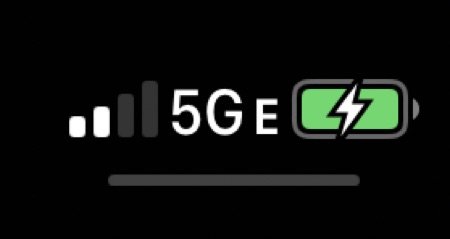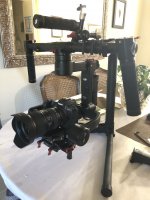Technically speaking, movie theaters do not display at 24fps. You would see the flicker. They display at 72fps or faster. As someone correctly mentioned in a previous comment, for a film shot in 24p, you see each of the 24 frames displayed on the screen three times in a row, for a total of 72 "flashes" on screen per second. This eliminates flicker to the human eye. If you took video of the movie screen and played it back in slow motion, you'd see each of the 24 frames displayed 3 individual times. Of course this doesn't change that there are still only 24 distinct "images" being displayed, but technically speaking, you're watching 72fps. Digital Projectors do something similar. You can see more here at the 3:45 minute marker:
If people want to film at 24fps to achieve a choppier look that's fine. As many have stated, 24p was chosen for cost reasons, not for any benefit in the "look" of the movie. We're all used to it now and it remains the standard. That doesn't mean it's the "best".
Shutter angle has no significant relevance in today's digital world with consumer cameras like these. We set the shutter speed. 24p has nice motion blur in each frame when shot around 48fps or 50fps. You can set whatever shutter speed you want in your camera, it doesn't have to be twice the fps to match the old (and irrelevant for these cameras) shutter angle rule. 1/60th of a second shutter speed has about the same motion blur as 24p with a 180 degree shutter angle. I shoot video on my M6 at 60fps with a 1/60th second shutter speed, wide open aperture with a 8-stop ND filter (for sunny days to shoot wide open) on a tiny Zhiyun Crane M2 gimbal and the results are spectacular. It's the smoothest video you are going to get out of these cameras. You get the same motion blur in each frame as 24p with more than double the number of individual images per second. Again, if someone wants to choose to film in a choppier manner by using 24p, by all means go ahead. There's nothing wrong with that, or with wanting to shoot 24p to maintain similar frame rate with other cameras or people you're collaborating with.
We're also all commenting on an article specifically about the fact that these cameras don't offer 24p. So that's the audience for this discussion. The vast majority of the target customer for this camera don't care about 24p. They want the smoothest, highest quality video of their kids and pets, and they'll get that with 60fps at 1/60th shutter speed.
I have no idea why Canon would have removed 24p from the M6 II since the Mark I had it. Personally I think it wasn't a smart decision, even though I don't use it. But I'm sure they aware that a majority of the customers who buy that camera don't really care that much, and whatever sales of the M6 they lose they consider insignificant. Maybe some of those people will go ahead and buy the more up-market Canon's, maybe some will switch brands. But either way, they've thought it through.


